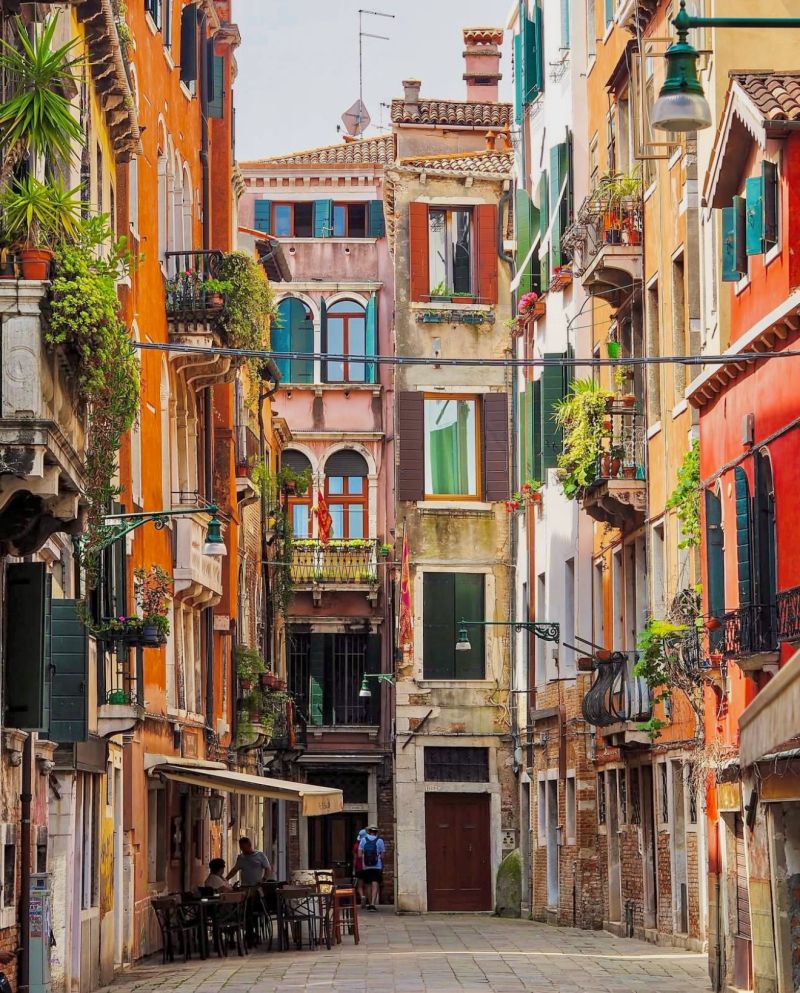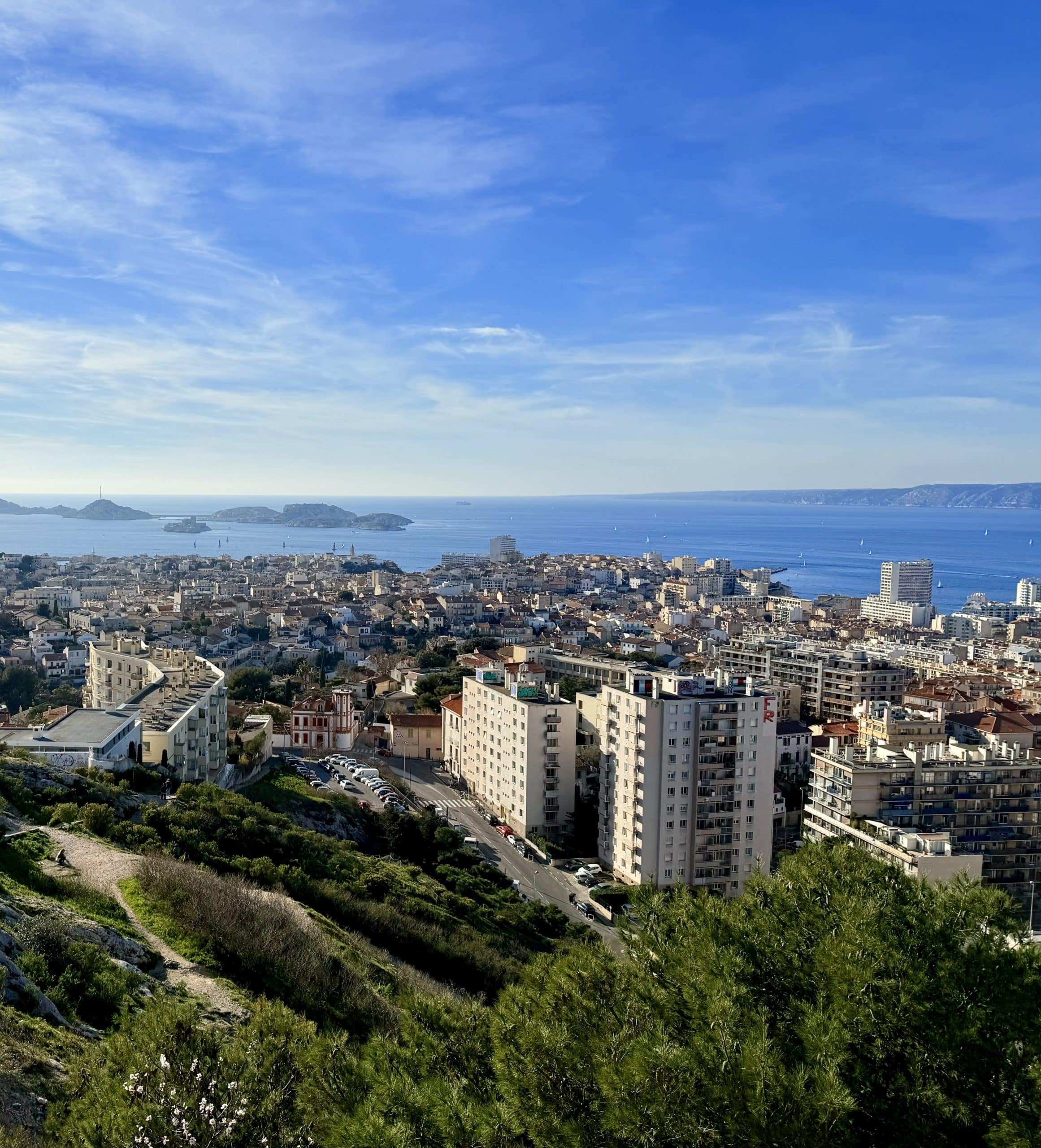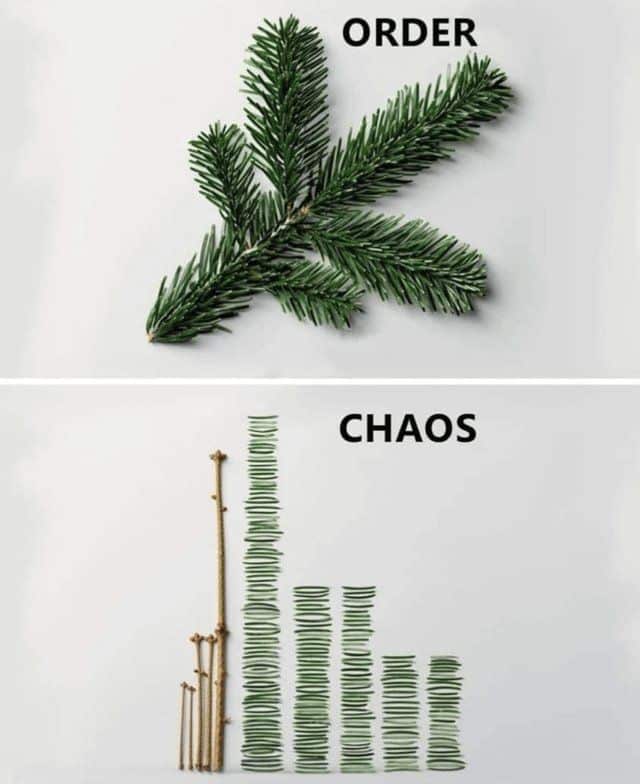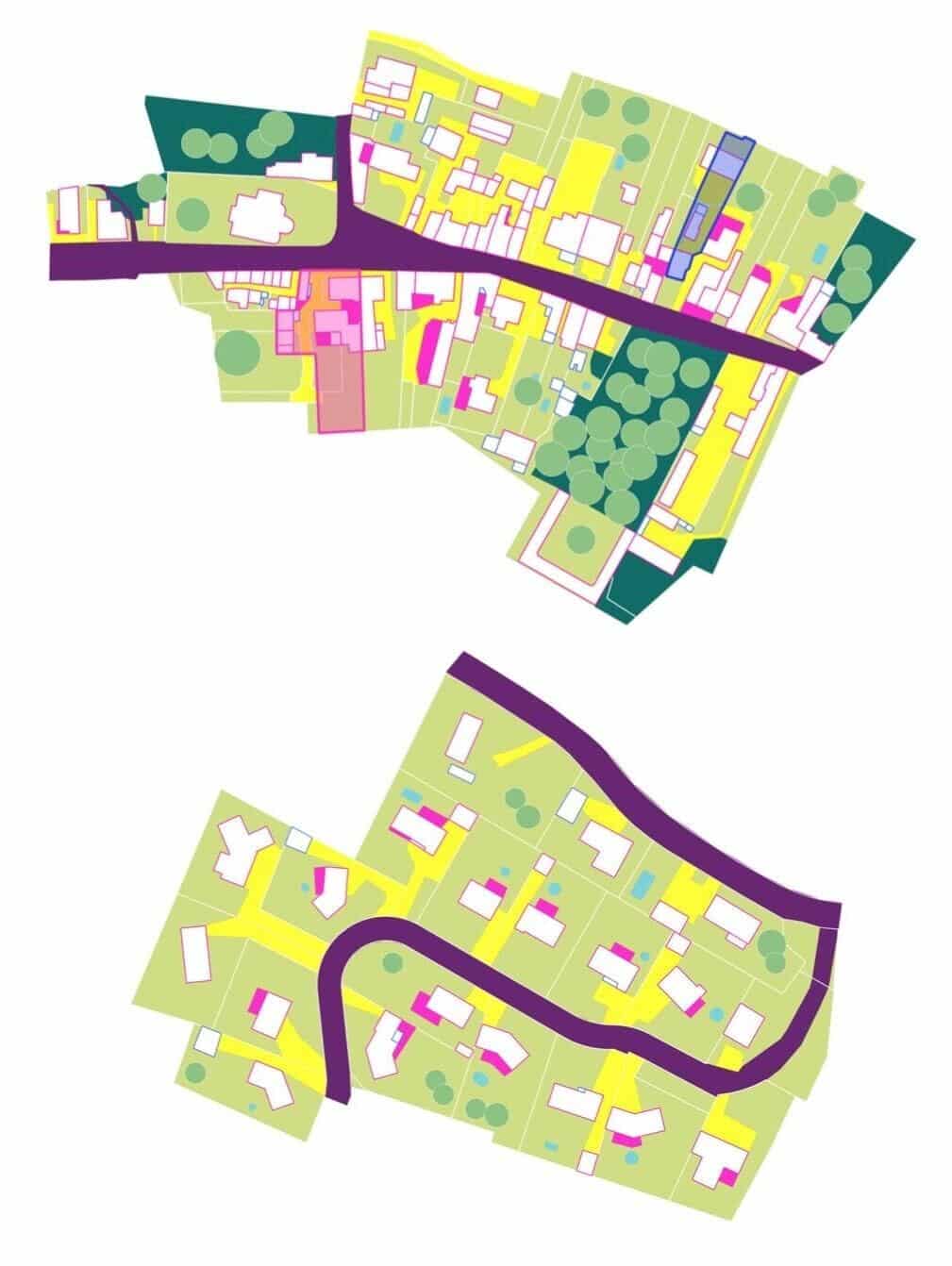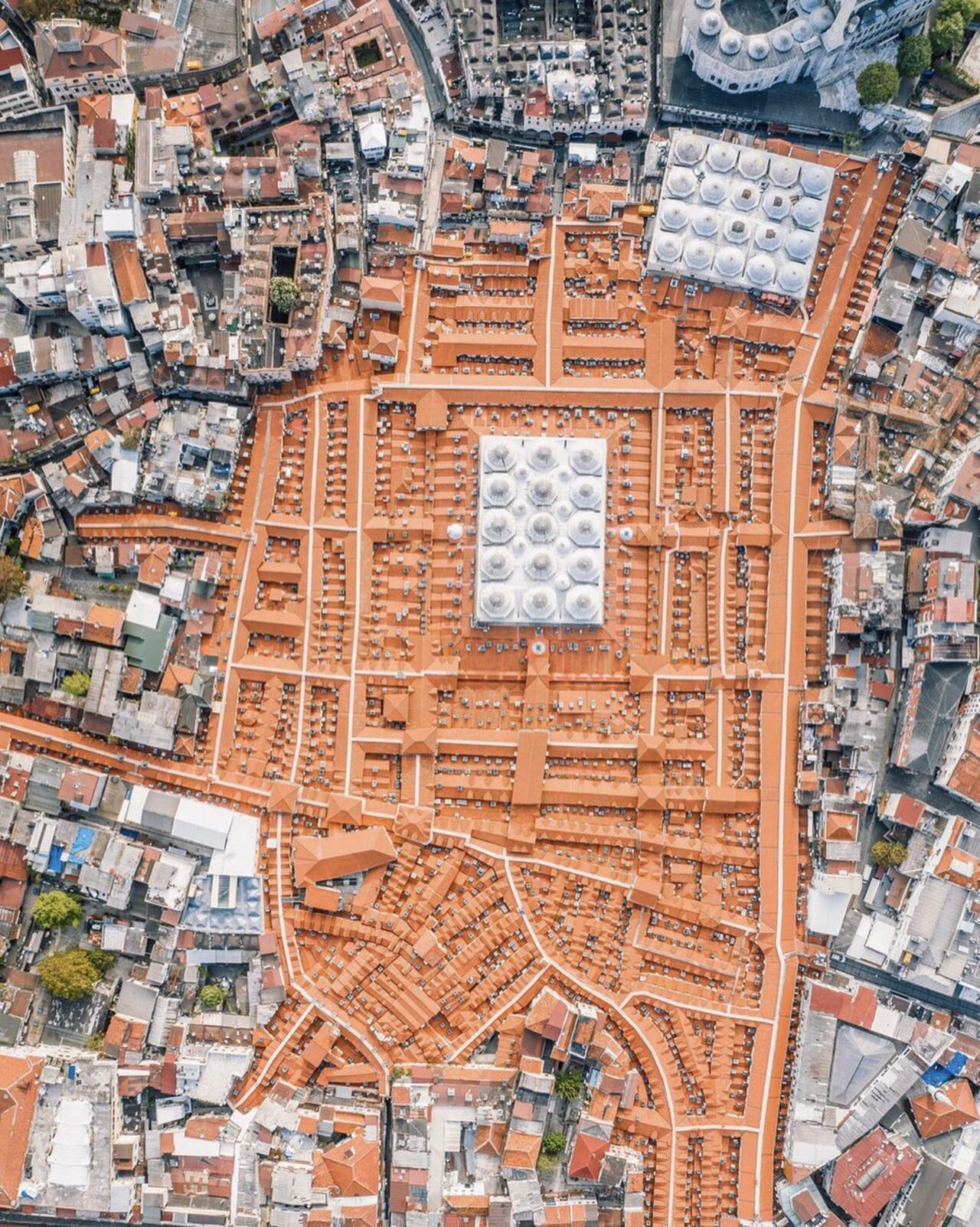Urbanism shapes forms, and those forms shape us. They structure our perception of space, our relationship to time, and the way we inhabit a place. A city’s aesthetics are not merely a matter of taste — they influence how we take ownership of a place and how it evolves over time.
In urban fabrics with fine granularity

 , aesthetics emerge from a dialogue between diversity and coherence, between the individuality of each building and the continuity of the whole.
, aesthetics emerge from a dialogue between diversity and coherence, between the individuality of each building and the continuity of the whole.
These are spaces where every building is tailor-made.
Their progressive and unsynchronized densification — each plot evolving at its own pace — introduces a variation in scale, from single-family homes to narrow apartment blocks. This gives the urban fabric a kind of vibration that catches the eye and gives space a human scale.
Why do we experience this kind of beauty as more welcoming, more alive than that of monolithic developments ?
1. The fine-grained city : a space that vibrates
Historic European cities, medinas, and ancient villages

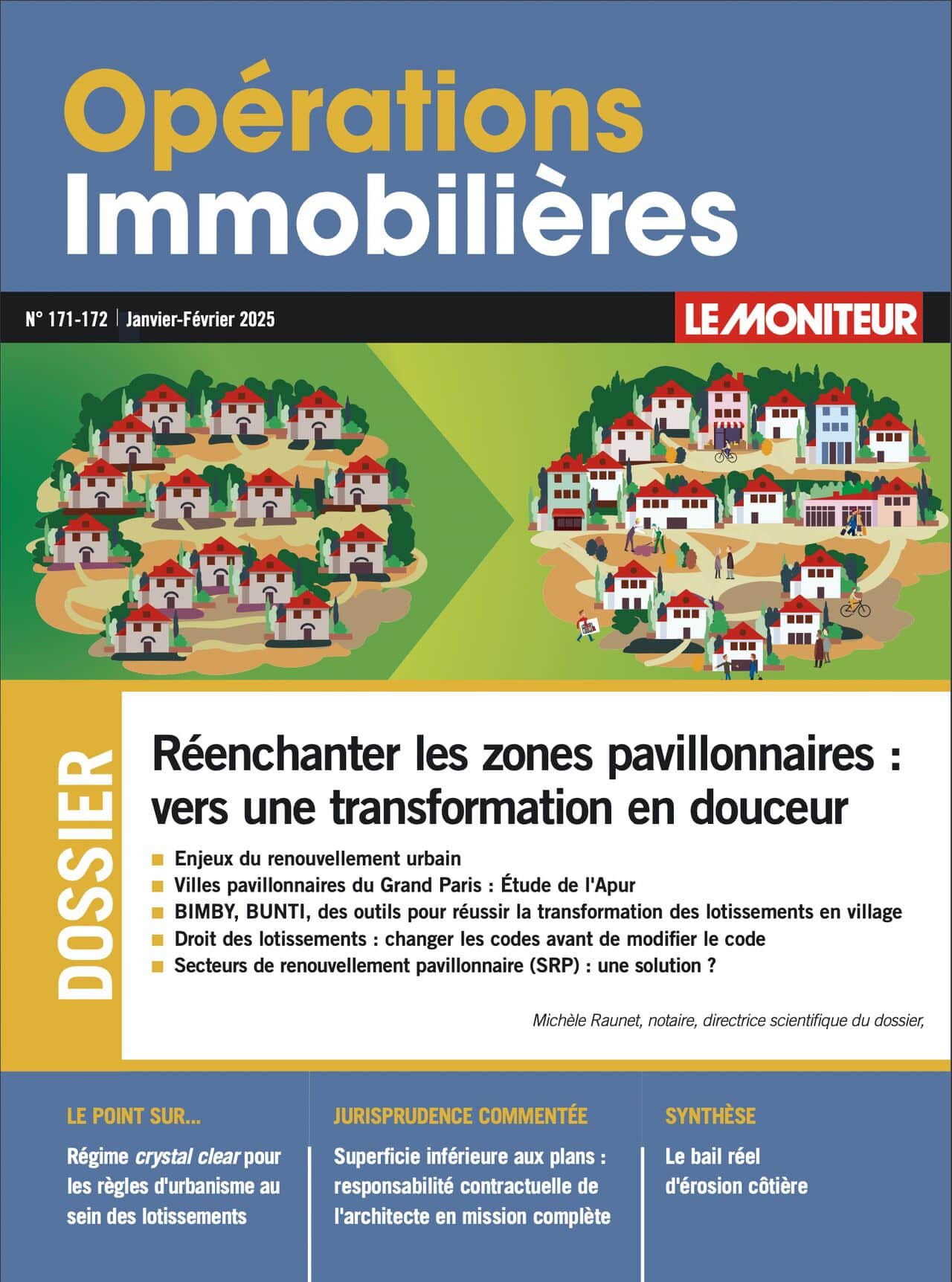 share a key feature : they are made of a fine mosaic of buildings, each designed for different owners.
share a key feature : they are made of a fine mosaic of buildings, each designed for different owners.
This fragmentation creates a unique visual effect : subtle variations in height, materials, alignments. Every façade tells a story, reflects a need; every door was designed for someone.
A city with fine granularity draws the eye with a kind of soft irregularity. What we perceive is dynamism, a sense of permanent optionality.
2. A beauty born of time and freedom
The beauty of fine-grained fabric is not just in its form, but in how time works upon it. Because it evolves with relative freedom, this type of urban fabric quickly bears the traces of successive adjustments : a reworked façade, an added extension, a storefront turned into a shop. Each change leaves a mark, telling the story of the place.
In rigid urban fabrics, the slightest change feels like a rupture. In contrast, a fine-grained fabric absorbs change with fluidity. This adaptability

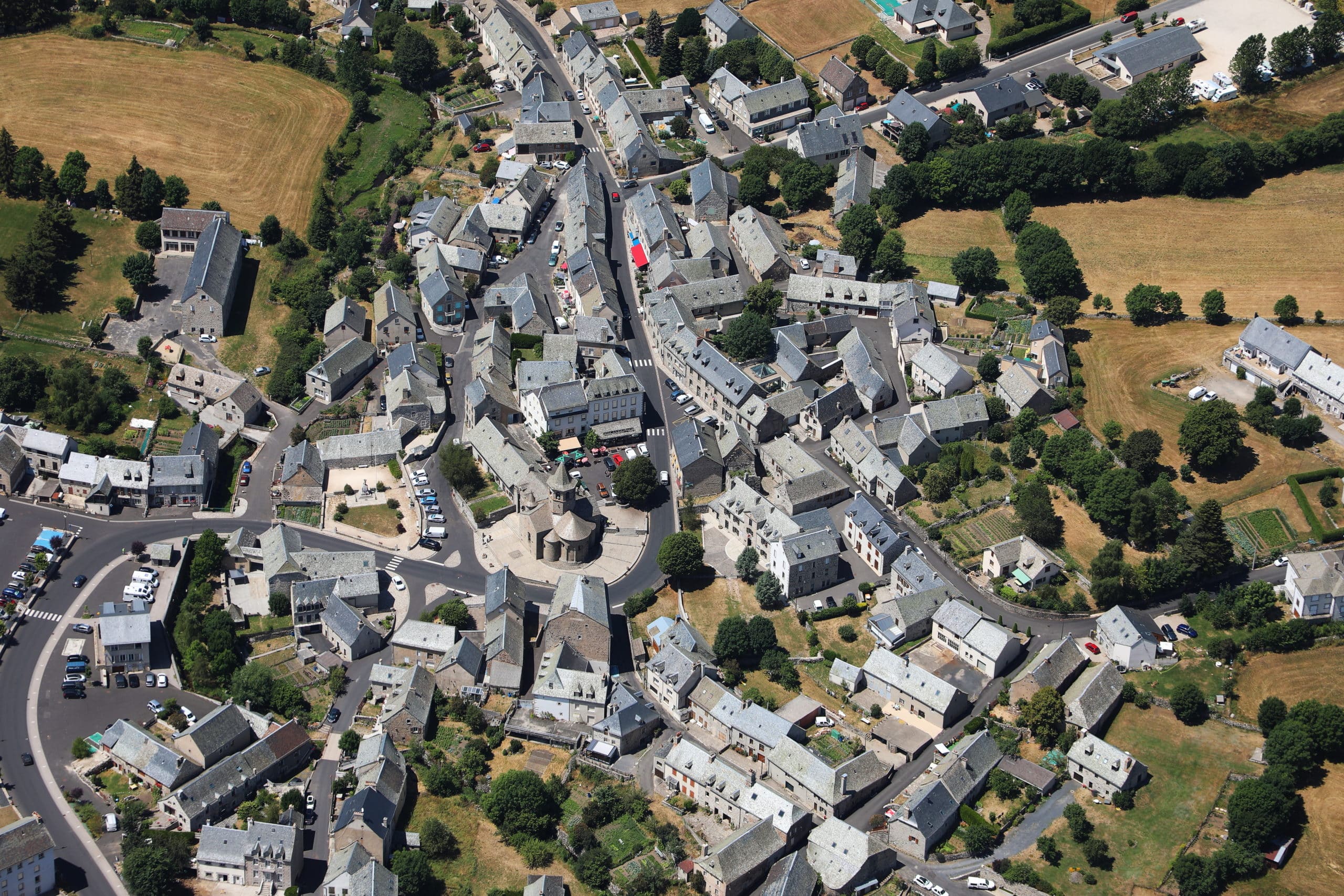 gives these spaces an organic beauty — the beauty of the living, not of something fixed.
gives these spaces an organic beauty — the beauty of the living, not of something fixed.
3. The beauty of measure
A house, a storefront, a narrow building — we can mentally project ourselves into each space, imagine how it’s used, picture ourselves there. This human scale fosters a sense of ownership : the streets feel made for walking, the façades for observing.
Organic beauty

 is also an aesthetics of proximity, where details matter : a slightly different window, a hue that shifts with the light, a carved cornice.
is also an aesthetics of proximity, where details matter : a slightly different window, a hue that shifts with the light, a carved cornice.
4. Organic Urbanism
In a world increasingly shaped by standardization and control, organic urbanism offers a different path — one where beauty is not imposed from above, but grows from within.
It reminds us that cities are not machines to be engineered, but living organisms to be cultivated. Their most powerful qualities emerge when we allow space for the subtle play of differences.
gives birthto its own future : plot division as a major art of organic urbanism
